What Is Manual Therapy?
What is Manual Therapy?
The term manual therapy is widely used in physical therapy practice but is perhaps less widely understood. Manual therapy is a broad phrase used to describe the “hands-on” work performed by physical therapists and can include soft tissue techniques, joint mobilization and mobilization with movement, manipulation and myofascial release. These techniques form a cornerstone of the physical therapy profession and all treatment plans typically include at least some form of manual therapy.
What are Mobilization and Manipulation?
These interventions are forms of manual therapy and aim to restore motion, decrease pain, improve function, and can indirectly decrease muscle tone. They are based on a biomechanical model. Along with the particular movement of a bone in space (an osteokinematic movement) there is a consistent associated glide at the joint (arthrokinematic movement). For example, when we flex the finger, the distal bone glides in a palmar direction on the proximal bone at each of the interphalangeal joints. Clinically, this means that if an individual is limited into flexion following a hand injury, a physical therapist can aim to restore motion by performing a palmar glide of the distal bone. Manipulation is defined as the skillful application of a high velocity, low amplitude thrust and is used when a joint is fixed, in cases where mobilization is no longer providing improvement, as a means of improving muscle tone via neuromuscular feedback, and in incidences where there is a loose body in a joint. Often there is a cavitation or popping sound as gas is released from the joint. Manipulations can be applied so that the force is perpendicular to the joint surface, causing a gapping or distraction of the joint, or so that the force is parallel to the surface of the joint, causing an arthokinematic type glide and restoring motion in a particular direction.
Is There Evidence to Support The Use of Manual Therapy?
There is a growing body of evidence addressing the efficacy of manual therapy. To date there is evidence to support the use of manual therapy in treating numerous conditions including ankle sprains, rotator cuff tendinopathy, cervical spine dysfunction and chronic low back pain (1, 2, 3, 4). Manual therapy is rarely used in isolation and is more often one component of a comprehensive treatment plan that will include education, therapeutic exercise, dry needling and modalities. For more information or to speak to one of our physical therapists, please contact the clinic directly.
References
The Efficacy of Manual Joint Mobilisation/Manipulation in Treatment of Lateral Ankle Sprains: A Systematic Review. Loudon JK1,Reiman MP,Sylvain J. Br J Sports Med 2014;48:365-37
The Efficacy of Manual Therapy for Rotator Cuff Tendinopathy: A Systematic Review and Meta- analysis. Ariel Desjardins-Charbonneau, Jean-Sébastien Roy, Clermont E. Dionne, Pierre Frémont, Joy C. Macdermid, François Desmeules. J Orthop Sports Phys Ther. 2015; 45(5):330-350
Manipulation and Mobilization of the Cervical Spine: A Systematic Review of the Literature. Hurwitz EL1, Aker PD, Adams AH, Meeker WC, Shekelle PG. Spine (Phila Pa 1976). 1996 Aug 1;21(15):1746-59
Manual Therapy and Exercise Therapy in Patients With Chronic Low Back Pain: A Randomized, Controlled Trial With 1-Year Follow-up. Aure, Olav Frode PT; Hoel Nilsen, Jens PT; Vasseljen, Ottar PhD. Spine: 15 March 2003 – Volume 28 – Issue 6 – pp 525-531


